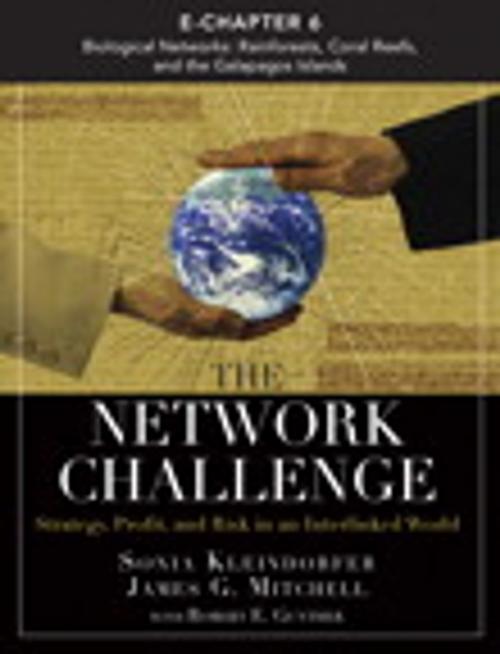The Network Challenge (Chapter 6)
Biological Networks: Rainforests, Coral Reefs, and the Galapagos Islands
Business & Finance, Management & Leadership, Planning & Forecasting| Author: | Sonia Kleindorfer, James G. Mitchell | ISBN: | 9780137015351 |
| Publisher: | Pearson Education | Publication: | May 19, 2009 |
| Imprint: | FT Press | Language: | English |
| Author: | Sonia Kleindorfer, James G. Mitchell |
| ISBN: | 9780137015351 |
| Publisher: | Pearson Education |
| Publication: | May 19, 2009 |
| Imprint: | FT Press |
| Language: | English |
Biology remains the most extensive and complex information network on the planet. This chapter examines the nature of biological networks, including their inherent stability and risks to their resilience. After a general introduction exploring networks and biological systems, this chapter reviews (1) the evolution of biological networks; (2) principles that govern biological networks; and (3) measures of stability, productivity, and efficiency in biological networks. The authors use examples from food (energy) transfer in rainforests and coral reefs, as well as the creation of a biological network through colonization in Darwin’s Finches of the Galapagos Islands. Research shows that while large biological networks are inherently unstable, some are more stable than others.
Biology remains the most extensive and complex information network on the planet. This chapter examines the nature of biological networks, including their inherent stability and risks to their resilience. After a general introduction exploring networks and biological systems, this chapter reviews (1) the evolution of biological networks; (2) principles that govern biological networks; and (3) measures of stability, productivity, and efficiency in biological networks. The authors use examples from food (energy) transfer in rainforests and coral reefs, as well as the creation of a biological network through colonization in Darwin’s Finches of the Galapagos Islands. Research shows that while large biological networks are inherently unstable, some are more stable than others.















